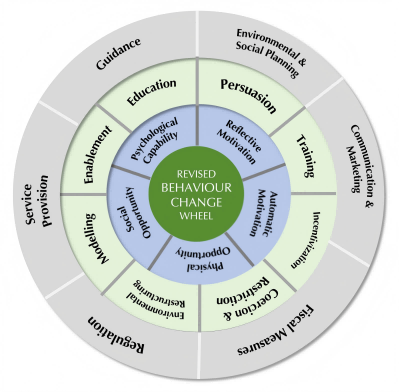Speaker
Description
Public transportation promotion policies are vital for reducing carbon emissions, improving public health, and fostering sustainable urban development. However, assessing their effectiveness is challenging due to inconsistent research findings and methodologies stemming from varied classification criteria (Hrelja et al., 2020). Additionally, although meta-analysis has been established as an effective method for evaluating policy outcomes (Gurevitch et al., 2018; Semenescu et al., 2020), existing meta-analyses often fail to explain why certain policies are more effective, primarily due to a lack of theoretical frameworks underlying these policies. This uncertainty can lead to the misallocation of financial resources, diminished public trust in policy initiatives, and the persistence of inefficient urban growth patterns. There is an urgent need for a clear, unified framework to standardize evaluations of public transport policies, enabling more consistent research and deeper insights.
To address the research gap, our study pioneers the use of the Behaviour Change Wheel (BCW) model to analyze public transport policies. Originally developed for public health and environmental protection, the BCW enhances policy design by systematically integrating factors that drive individual behavior change (Michie et al., 2011). This framework breaks down policies into three layers: policy, intervention strategy, and the Capability-Opportunity-Motivation-Behaviour (COM-B) model. Under the BCW model, the intervention strategies layer encompasses targeted actions that directly influence behaviors, while the COM-B layer identifies and addresses the key factors that drive or impede these behaviors.

Fig.1 Revised BCW model for the Evaluation of Public Transport Policies
The existing body of our study has extensively evaluated the impact of public transportation promotion policies using the BCW model. The policy layer categorizes public transport policies into six types: 1) Guidance; 2) Environmental and social planning; 3) Service provision; 4) Fiscal; 5) Communication and marketing; 6) Regulations, which are further broken down into specific intervention strategies and individuals’ capabilities, opportunities, and motivations within the model’s deeper layers. To provide a deeper understanding of policy effectiveness, this study conducted a meta-analysis within the BCW framework, synthesizing data from 24 high-quality studies across 16 countries with over 5.59 million data points. We systematically coded each policy in those studies into the BCW model’s three layers and performed stratified subgroup analyses to investigate the causal effects and mechanisms of six policy categories in promoting transit adoption. The key findings are as follows:
1.The overall effect size of public transport policies is 0.5165. Within the policy layer, only guidance policies surpass this average; in the intervention strategies layer, incentivization, coercion & restrictions, modelling, and enablement demonstrate effect sizes above the average; within the COM-B layer, social opportunity and automatic motivation show effect sizes that exceed the mean.
2.Guidance policies are the most effective in promoting public transit adoption (n=12, d=0.881), including incentivization, education, and coercion & restriction interventions. They work well because they enhance reflective motivation (n=7, d=0.3418), automatic motivation (n=5, d=0.9034 ), and physical opportunities (n=5, d=0.4102), providing strong support for behavioral change.
3.Environmental and social planning policies are least effective policies (n=17, d=0.2093), including environmental restructuring interventions.These measures mainly improve physical opportunities through environmental changes (n=16, d=0.4102), but their limited impact on motivation makes it harder to sustain long-term behavior change.
4.Service provision policies provide substantial long-term benefits (n=21, long term d= 0.5285), which combine environmental restructuring and enablement interventions. These approaches strengthen automatic and reflective motivation (n=7, long term d= 0.6998; n=11, long term d=0.4148) and physical opportunities (n=17, long term d=0.438), leading to both immediate behavior changes and sustained public transit adoption.
References
Journal article:
Gurevitch, Jessica, Julia Koricheva, Shinichi Nakagawa, and Gavin Stewart (2018) Meta-analysis and the science of research synthesis. Nature, 555(7695), pp.175-182.
Hrelja, Robert, Jamil Khan, and Fredrik Pettersson (2020) How to create efficient public transport systems? A systematic review of critical problems and approaches for addressing the problems. Transport Policy, 98, pp.186-196.
Michie, Susan, Maartje M. Van Stralen, and Robert West (2011) The behaviour change wheel: a new method for characterising and designing behaviour change interventions. Implementation science, 6, pp.1-12.
Semenescu, Alin, Alin Gavreliuc, and Paul Sârbescu (2020) 30 Years of soft interventions to reduce car use–A systematic review and meta-analysis. Transportation research part D: transport and environment, 85, p.102397.
| Keywords | Meta-analysis; Behavior Change Wheel; Public transportation; Policy; Behavioral intervention |
|---|

